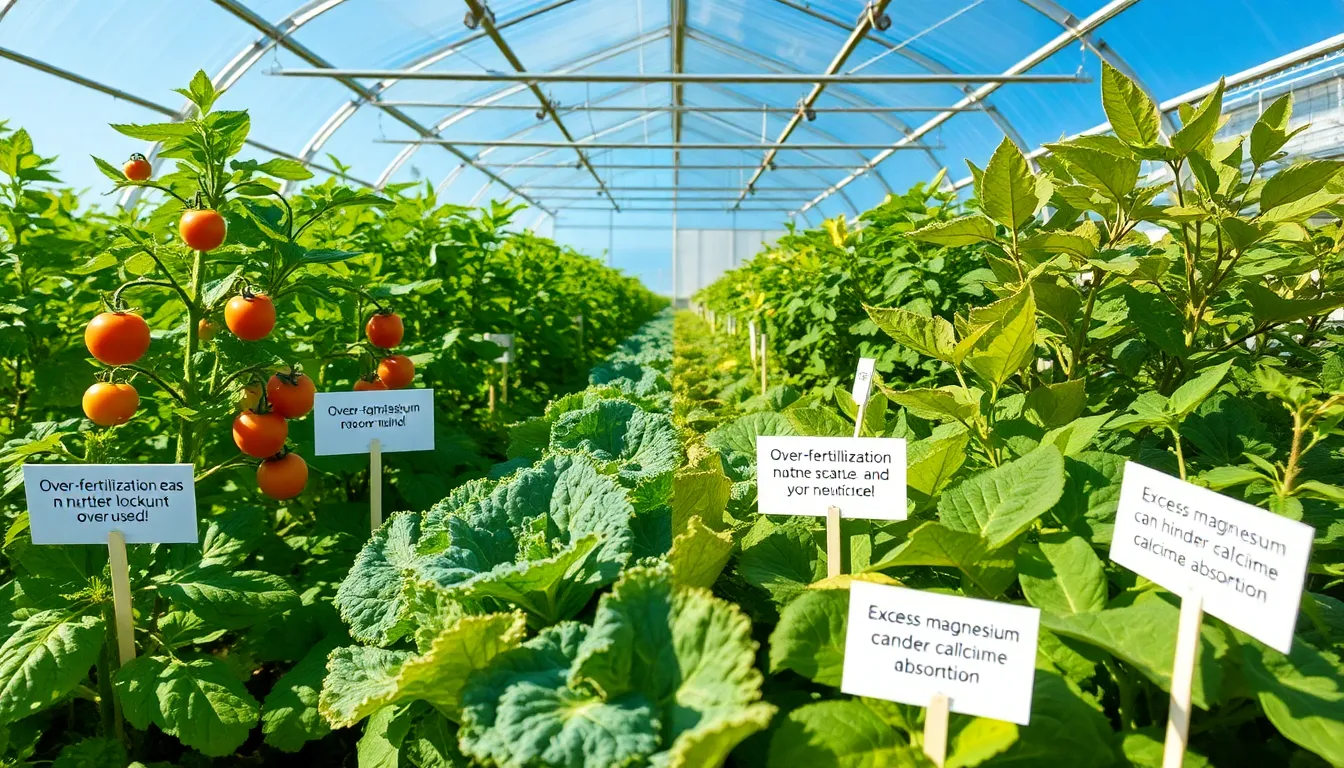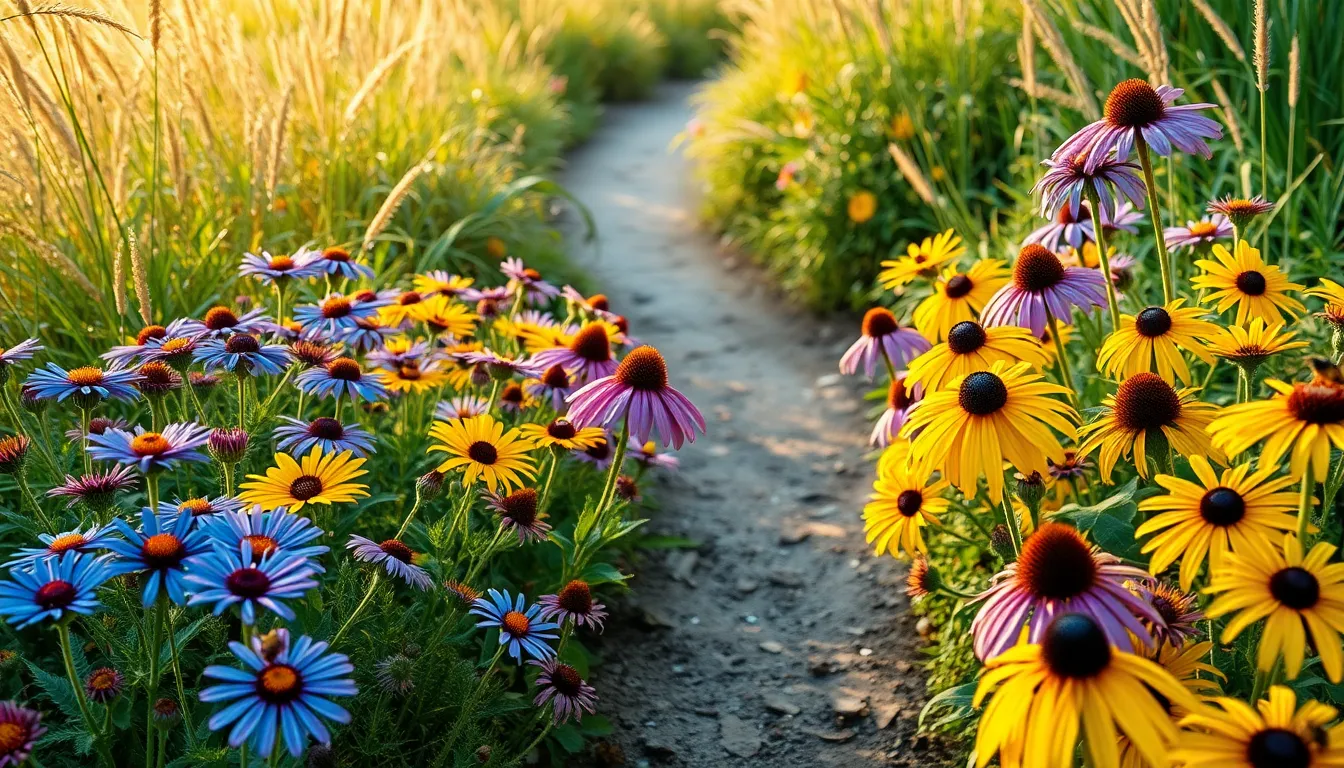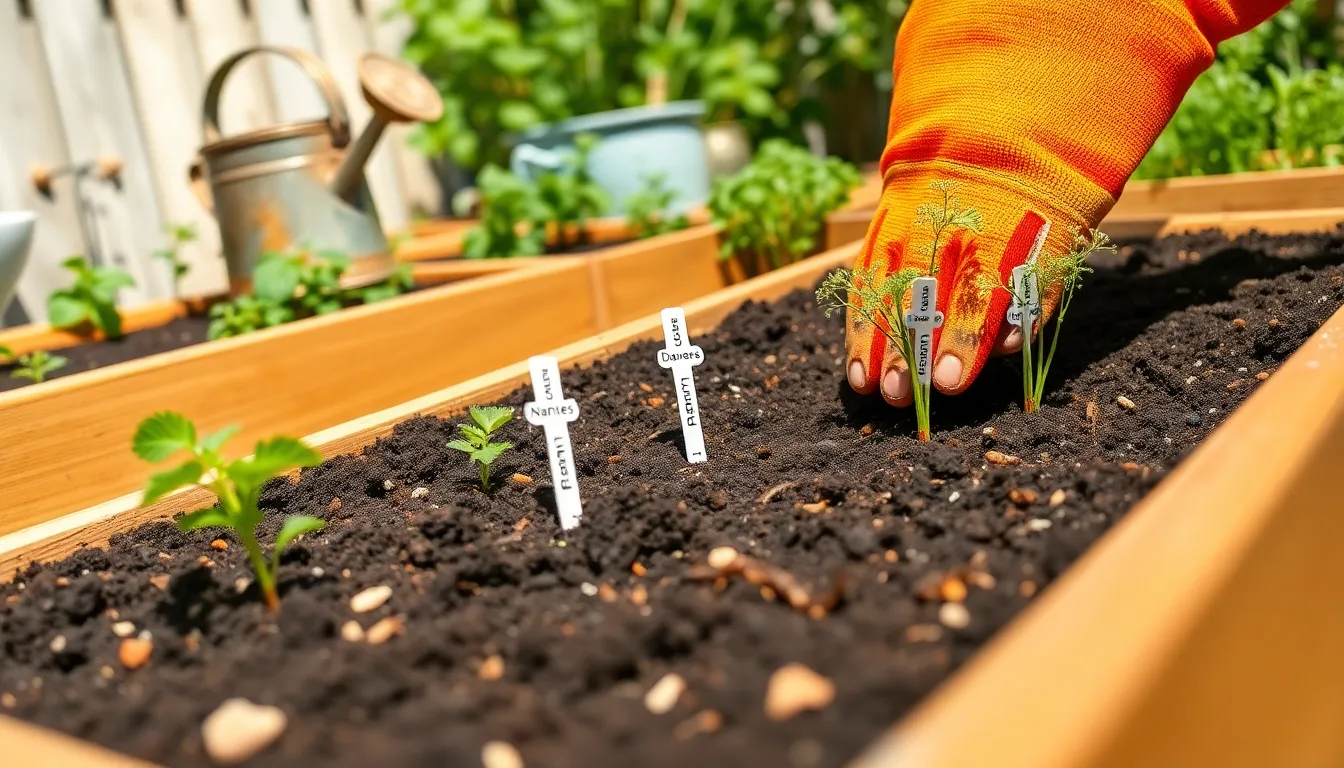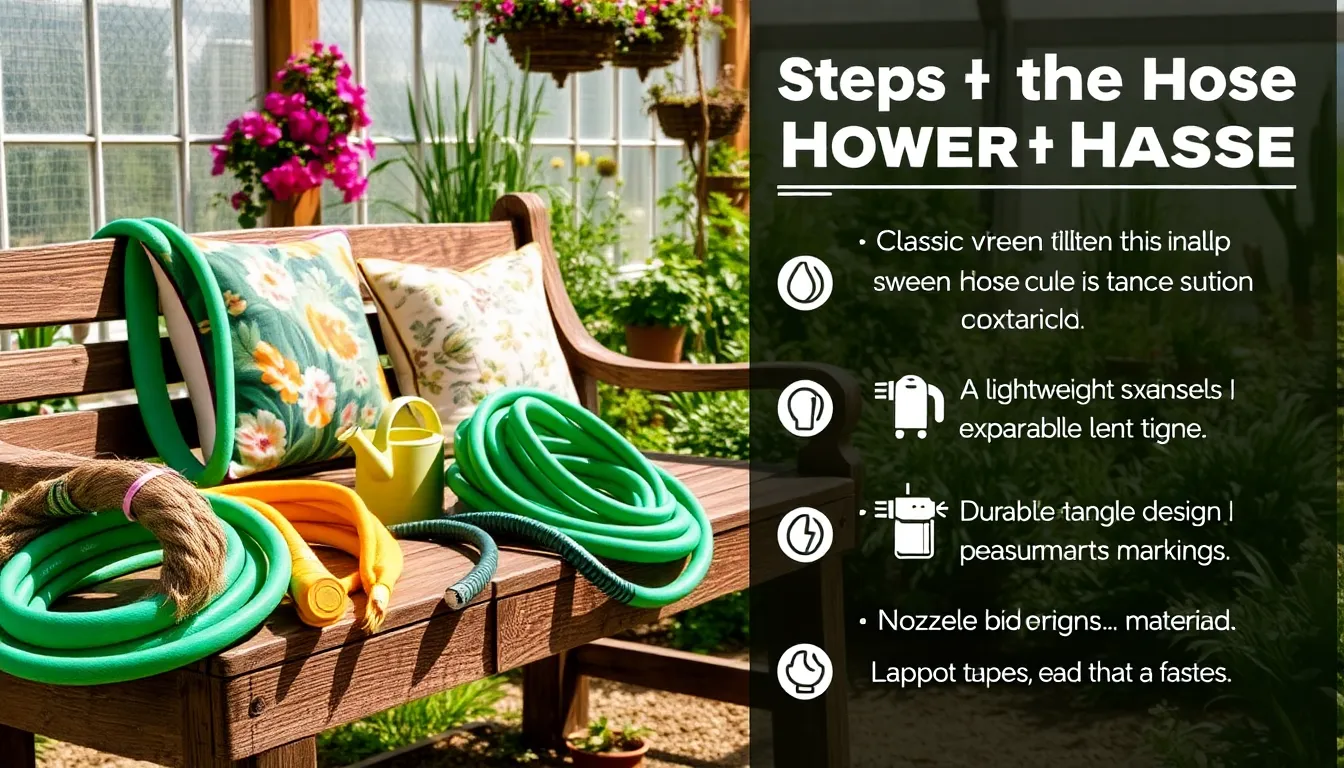Gardening is a journey filled with discovery, and along the way, we often encounter tips that promise to revolutionize our green spaces. Epsom salt, a time-honored staple in many gardeners’ sheds, is often touted as a miracle worker for growing lush plants and vibrant blooms. However, like any tool in our gardening arsenal, it’s crucial to understand both its potential and its pitfalls before sprinkling it liberally into our soil.
Whether you’re just starting your gardening adventure or have years of experience muddying your boots, understanding the nuances of Epsom salt’s use is essential. In this article, we’ll explore the lesser-known disadvantages of using Epsom salt in gardening, shining a light on aspects that might not be immediately apparent. You’ll gain insights into why this seemingly innocent supplement might not always be the best choice for your beloved plants and how it could subtly affect your garden’s health over time.
By the end of this exploration, you’ll be equipped with a balanced perspective on Epsom salt, empowering you to make informed decisions for your garden’s well-being. Our goal is to nurture your gardening instincts with practical knowledge, ensuring your green thumb continues to thrive. So, let’s dig a little deeper and uncover the full story behind this popular gardening additive.
Potential Soil Imbalance Issues
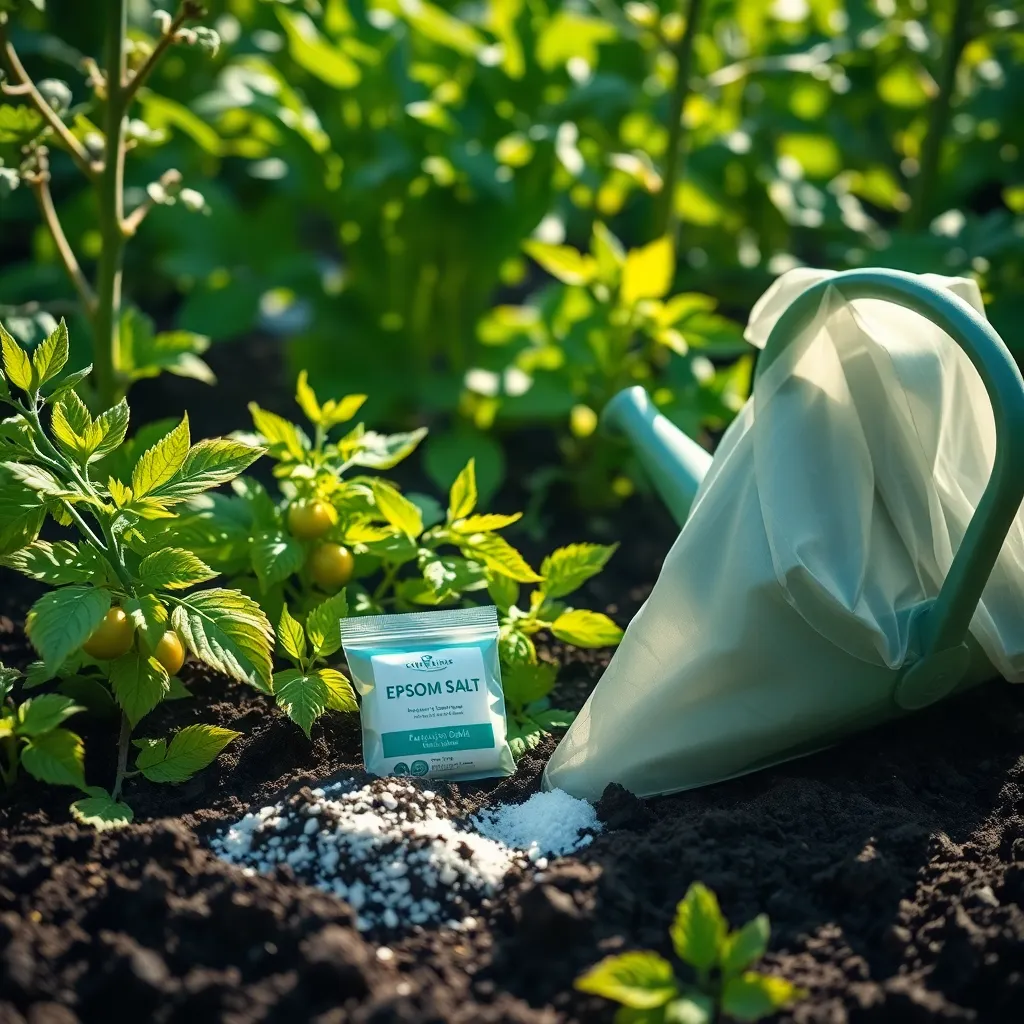
When using Epsom salt in gardening, one potential issue is the disruption of soil nutrient balance. Excessive magnesium from Epsom salt can interfere with the absorption of essential nutrients like calcium and potassium, which are crucial for plant health.
To prevent imbalance, consider testing your soil’s nutrient levels before adding Epsom salt. Soil testing kits are readily available and can offer insights into what your garden truly needs, allowing you to tailor your fertilization practices effectively.
Balancing soil nutrients is important for healthy plant growth, and this starts with understanding your soil type. For instance, clay soils often retain nutrients longer than sandy soils, which may require more frequent but smaller applications of supplements.
When applying Epsom salt, moderation is key to avoiding potential soil issues. Start with small amounts, such as one tablespoon per foot of plant height, dissolved in water, and observe your plants for any changes over a few weeks.
Always water your plants thoroughly after applying Epsom salt to help distribute the magnesium evenly. Consistent watering routines help maintain an even moisture level, especially in container plants, and reduce the risk of nutrient burn.
Incorporating organic matter like compost can help buffer potential nutrient imbalances caused by Epsom salt. Compost improves soil structure and provides a slow release of nutrients, making it a sustainable addition to any garden routine.
Impact on Plant Growth
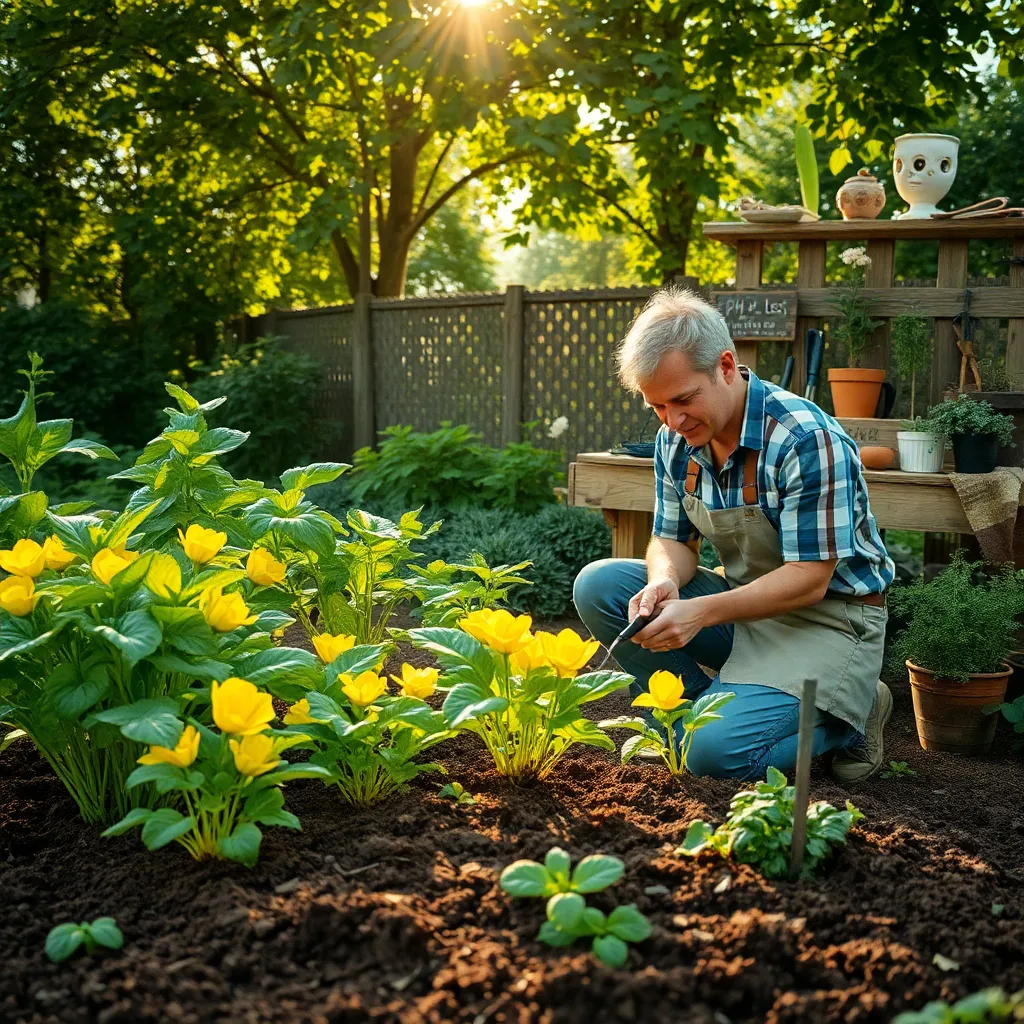
The use of Epsom salt in gardening can sometimes lead to unexpected impacts on plant growth. Over-application of Epsom salt, which is primarily magnesium sulfate, can cause an imbalance in soil nutrients, leading to poor plant health.
Magnesium is essential for chlorophyll production, but too much can disrupt the uptake of other vital nutrients. As a result, plants may exhibit symptoms such as yellowing leaves or stunted growth, which can be mistaken for other deficiencies.
It’s crucial to test your soil before adding Epsom salt to determine if your plants actually need additional magnesium. Soil testing can help ensure that you are providing the right balance of nutrients, avoiding potential negative effects on plant vitality.
For those keen on using Epsom salt, start with a small amount and observe how your plants respond. A general guideline is to dilute one tablespoon of Epsom salt in a gallon of water and apply it once a month, monitoring for any adverse effects.
Always consider the specific needs of your plants, as some may be more sensitive to magnesium than others. Plants like roses and tomatoes can benefit from Epsom salt when used correctly, but it’s important to incorporate it into a well-rounded fertilization plan.
Harmful Effects on Beneficial Microbes
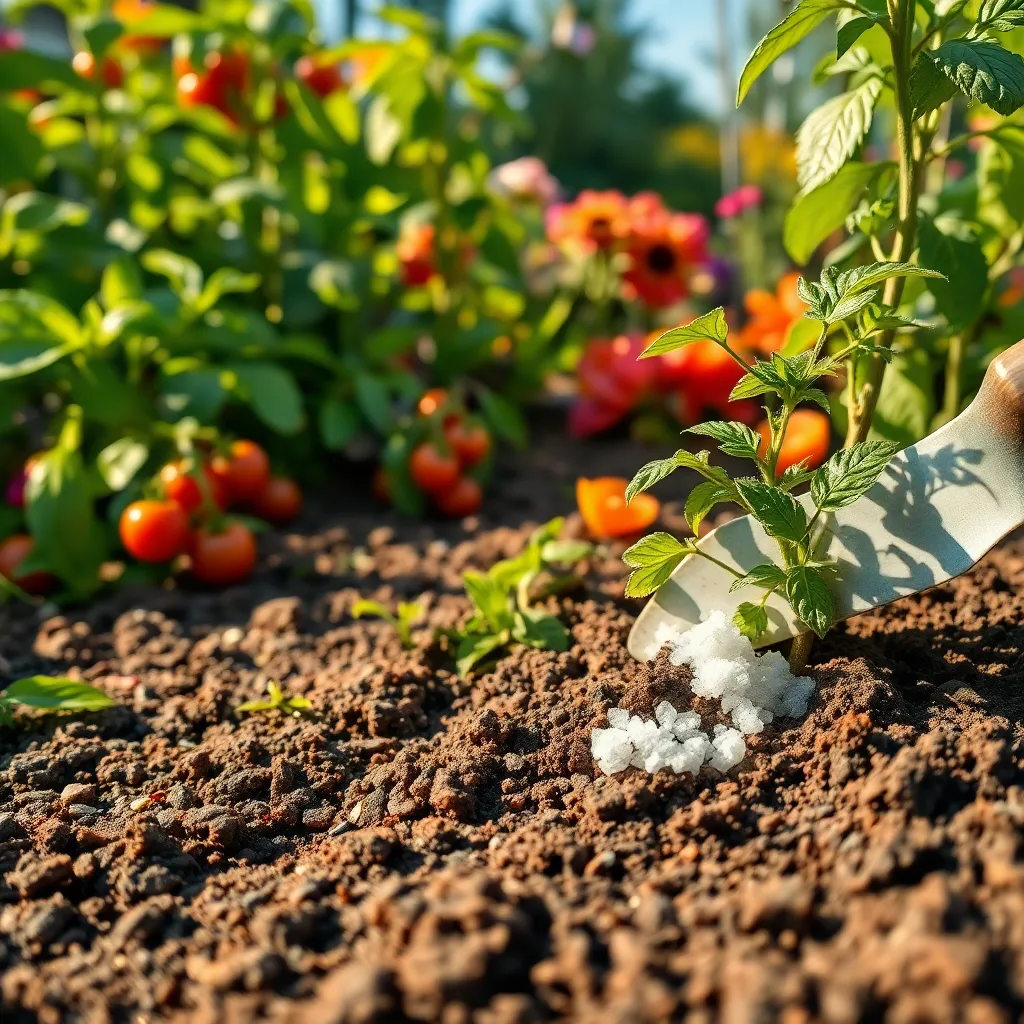
Using Epsom salt in your garden might inadvertently harm beneficial soil microbes. These microbes play a crucial role in breaking down organic matter and making nutrients available to plants, so it’s important to maintain their health.
When Epsom salt is applied excessively, it can disrupt the balance of nutrients in the soil. This disruption can lead to an environment where beneficial microbes struggle to thrive, ultimately affecting soil health and plant growth.
Maintaining a healthy microbial population requires a balanced approach to soil amendments. Consider using compost or organic matter as alternatives to Epsom salt to enhance soil fertility naturally.
For gardeners looking to support beneficial microbes, incorporating diverse organic materials is key. You can add materials like composted leaves, grass clippings, or well-rotted manure to enrich the soil environment.
Risk of Over-Salting Soil
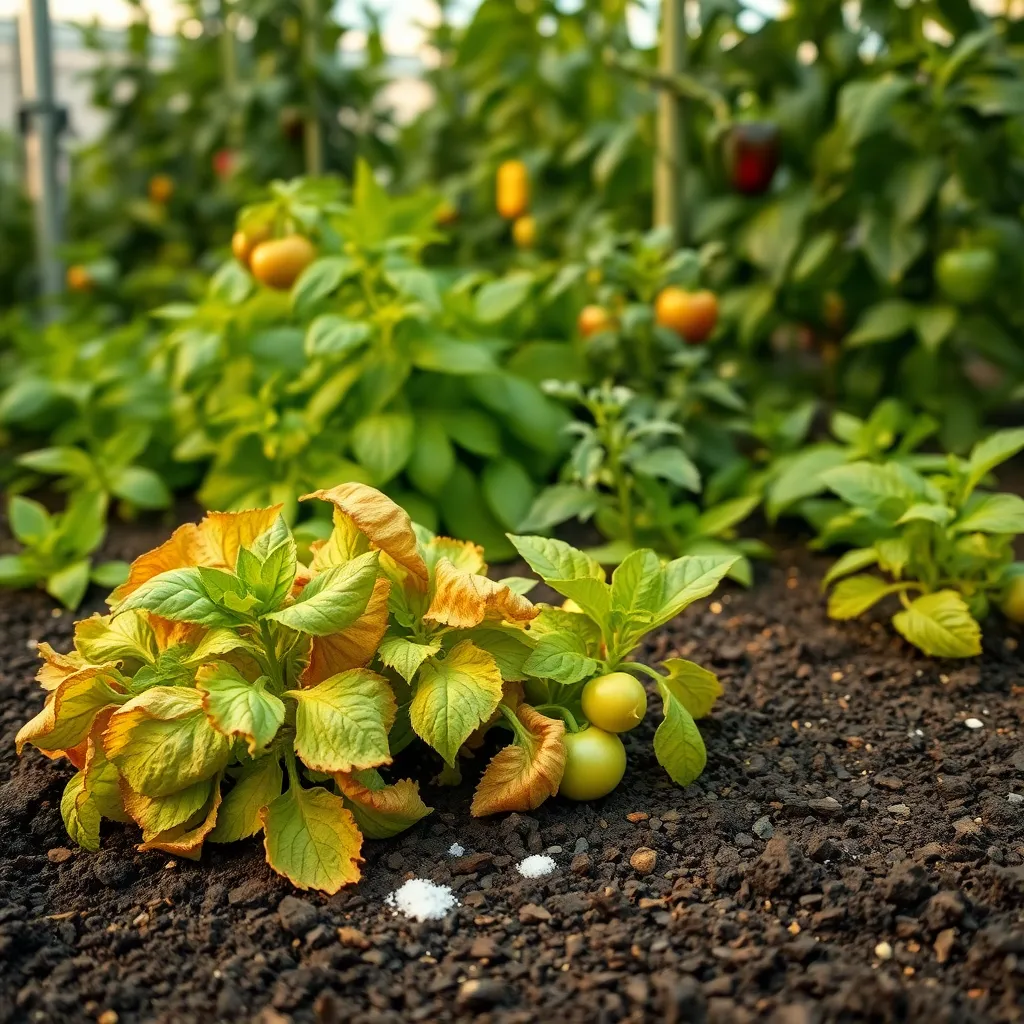
While Epsom salt is often praised for its supposed benefits in gardening, it’s crucial to understand the potential risk of over-salting soil. Excessive amounts of Epsom salt can lead to an accumulation of magnesium sulfate that may harm plant roots. This can result in a decrease in the soil’s ability to hold water, making it challenging for plants to absorb necessary nutrients. To prevent this, gardeners should carefully measure and limit the use of Epsom salt, applying it only when specific magnesium deficiencies are identified.
Soil health is paramount, and over-salting can negatively affect its structure. When Epsom salt is overused, it can disrupt the soil’s natural balance, leading to compaction and poor drainage. It’s essential to test soil before adding any amendments to determine its current nutrient levels. Regular soil testing helps in understanding what your garden truly needs, ensuring that any application of Epsom salt remains beneficial rather than harmful.
For gardeners who are managing a variety of plants, it’s particularly important to note that different plants have different tolerance levels to salts. Some plants, like tomatoes and peppers, might benefit from occasional Epsom salt use, while others could suffer. By understanding the specific needs of each plant type, gardeners can tailor their practices, avoiding unnecessary additions that could lead to over-salting. Consider using alternative methods to address deficiencies, such as composting or using well-balanced fertilizers, which can provide a broader range of nutrients.
Advanced gardeners might explore incorporating organic matter to improve soil structure and nutrient content, reducing reliance on Epsom salt. Organic materials like compost or aged manure can increase soil fertility and help maintain moisture levels. These alternatives not only support plant health but also enhance microbial activity, which is vital for a thriving garden ecosystem. By focusing on holistic soil management, gardeners can ensure a sustainable and productive growing environment.
Alternatives to Epsom Salt Use
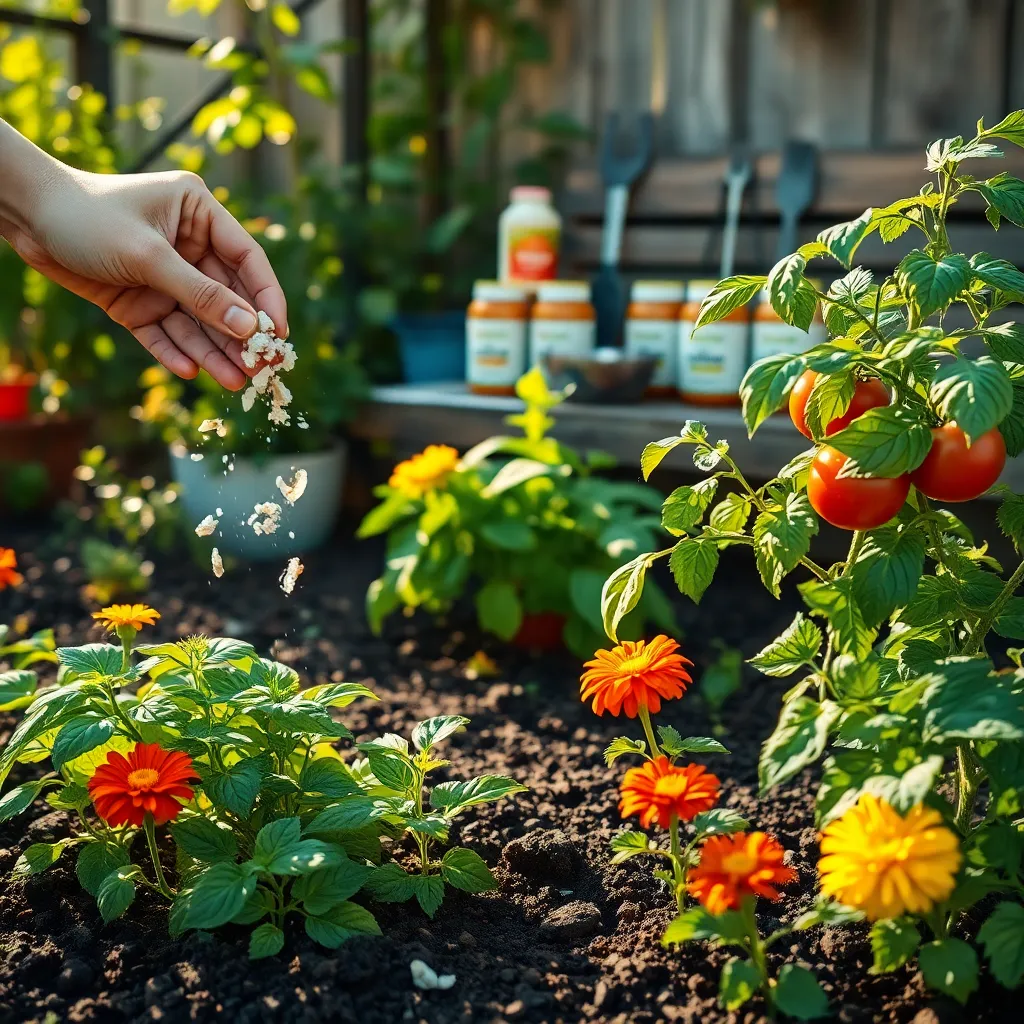
While Epsom salt is often touted for its magnesium content, it’s not the only way to supplement this essential nutrient. Compost is an excellent alternative as it naturally enriches the soil with a variety of nutrients, including magnesium, without the risk of over-salting.
Consider using well-balanced organic fertilizers which provide not just magnesium but also other essential nutrients like nitrogen and phosphorus. These fertilizers are available in various forms, such as granules or liquid, and can be tailored to specific plant needs.
For gardeners looking to improve soil health, incorporating green manures and cover crops can be incredibly beneficial. These plants not only add organic matter to the soil as they decompose but also improve soil structure and nutrient availability.
Another effective strategy is to use rock minerals like greensand, which slowly release nutrients over time. This approach is particularly helpful for those seeking a long-term solution to soil nutrient management without the risk of over-salting.
Conclusion: Growing Success with These Plants
In exploring the nuanced relationship between gardening and the use of Epsom salt, we’ve uncovered five essential concepts: the risk of soil nutrient imbalance, the potential for plant toxicity, the environmental impact on water systems, the possibility of hindering beneficial soil microbes, and the chance of masking underlying plant health issues. Recognizing these disadvantages allows us to approach gardening with a more informed and balanced perspective.
As a next step, consider conducting a soil test before introducing any additives to your garden. This simple action ensures that your plants receive the nutrients they actually need, fostering a healthier and more sustainable garden environment.
Remember, knowledge is a powerful tool in nurturing both gardens and relationships. Bookmark this article to have these insights at your fingertips whenever you’re planning your gardening strategies. By staying informed, you are better equipped to create flourishing environments, whether they’re in your backyard or in your personal connections.
Looking ahead, embracing a mindset of continuous learning and adaptability will empower you to cultivate both successful gardens and fulfilling relationships. Keep striving for harmony in all your endeavors, and watch as both your plants and personal connections thrive.

